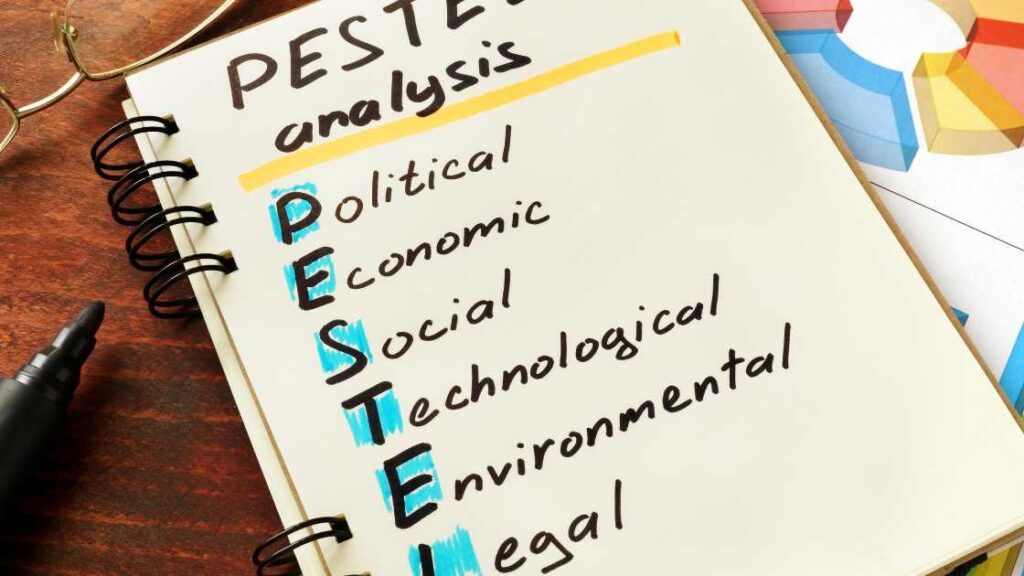In the fast-paced, unpredictable environment, crises can hit in any instant, posing serious challenges to leaders in every sector.
The art of managing crises isn’t solely about quick response, but also utilizing sound mental models that can anticipate the occurrence, avoid it, and maneuver through the toughest moments.
In this article we’ll look at the nine most effective mental models that will help leaders keep ahead in times of crisis and be more resilient than previously.
Table of Contents
The OODA Loop: Observe, Orient, Decide, Act

The OODA Loop created by the strategist for military John Boyd, is a procedure for making decisions that emphasizes flexibility and flexibility.
In times of emergency, leaders need to quickly assess the circumstance, Orient themselves to understand the situation, decide on a plan of action and act swiftly.
This strategy helps leaders continuously review their tactics and adjust to new circumstances efficiently.
Pre-mortem Analysis

Instead of waiting for the crisis to develop, the leaders could conduct an assessment of the pre-mortem.
The mental model is based on imagining the worst-case scenario as well as the identification of potential fault points.
In proactively taking care of weaknesses by implementing preventative measures managers can reduce the impact of an emergency and increase the resilience of their organizations.
The 10-10-10 Rule

In times of crisis, leaders are often faced with the consequences of their decisions that are far-reaching.
The 10-10-10 rule, first introduced by Suzy Welch, teaches leaders to think about the consequences of their decisions in three different timeframes which include how their decisions will impact the situation within 10-minutes, 10 months or 10 years.
This strategy helps leaders achieve the right balance between short-term as well as longer-term goals.
The Red Teaming Approach

Red Teaming requires the formation of an organization or assigning members with the responsibility of rethinking dominant assumptions and methods.
Through encouraging open discussion and a variety of perspectives leadership can discover weak points, blind spots and potential flaws in their strategies for handling crises.
This model of mentality creates a culture of transparency and constant development.
The PESTEL Framework

The PESTEL (Political, economic, social Technology, Environmental, Legal) framework is that helps to study the external forces that may influence an organization’s performance during an emergency.
When they understand these elements the leaders are able to make educated decision-making, create strong contingency plans and be aware of potential threats prior to them escalating.
The Stockdale Paradox

It is named after Admiral James Stockdale, who survived many years in prison throughout the Vietnam War, the Stockdale Paradox is about confronting the devastating realities of an emergency but retaining a faith-based belief that the outcome will be successful.
Leaders who are effective recognize the gravity of the circumstance, yet inspire optimism and hope in their team members, encouraging the ability to persevere and be determined in difficult circumstances.
The Circle of Influence and Concern

In the words of Stephen Covey, the Circle of Influence and Concern is a distinction from factors that leaders can manage (Circle of Influence) and ones they can’t (Circle of Concern).
In times of crisis, leaders should concentrate their energy and resources to address issues that are within their influence.
This approach prevents them from wasting their time and energy in areas they can’t change and allows them to create an impact in their organizations’ response to the situation.
The Power of Networks

In the event of a crisis the power of a professional’s networks can prove to be an important benefit.
Maintaining strong connections with fellow industry professionals or experts as well as others can offer an access to invaluable sources, knowledge and assistance during challenging times.
It can also provide possibilities for collaboration as well as collective solving problems.
Emotional Intelligence (EI)

Emotional Intelligence is a capacity to manage and understand emotions efficiently, in yourself and with other people.
When faced with adversity emotional levels can be high. Leaders with good EI are able to remain calm at ease, compassionate, and sane.
This model of mentality allows the leaders to communicate with their employees, create trust, and instill confidence during times of hardship.
Conclusion
The inevitable occurrence of crises in business life, however, when they are accompanied by the appropriate mental models, executives are able to turn challenges into opportunities to grow and develop.
Through incorporating these nine effective mental models to their strategies for handling crises they can ensure that their leaders are ahead of the curve in navigating uncertainty without fear, and guide their companies towards a better and more resilient future.
Want to know how the Happiness Coach is helping leading organizations of India manage crisis and build resilient teams?
Click here to get in touch with us
Email : info@happinesscoachs.com
Phone : 9650014803


